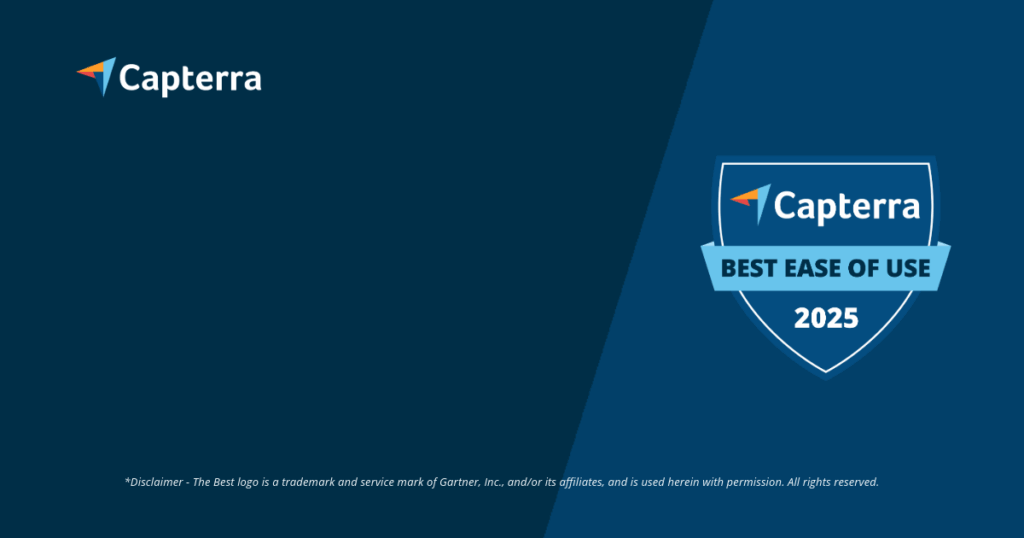Current Situation: Numbers and Facts about the Construction Boom 2024/2025
The German construction industry is facing a persistent crisis; forecasts indicate a fifth consecutive year of losses. A real revenue decline of 2.5% is expected for 2025, following a 13% drop in order intake since 2021. This development threatens up to 177,000 jobs in the sector, according to studies. Particularly, residential construction is the industry’s problem child, with a forecasted revenue decrease of 7% for 2025. The rise in interest rates for residential construction loans from 1.3% in 2021 to over 4.0% has drastically worsened financing conditions. These figures highlight the necessity to tap into internal efficiency potentials to protect one’s margin. A precise digitization of the construction site is no longer a luxury but a necessity. The tense market situation compels companies to critically question their cost structures and project workflows.
Residential Construction in Crisis: Approvals and Completions Are Plummeting
Residential construction, once the engine of the economy, is experiencing the strongest downturn. The number of building permits for residential units fell by 29% already in 2023 compared to the previous year. For 2024, only around 228,000 housing starts are expected, significantly missing the government’s target of 400,000 units. This discrepancy between political goals and reality leads to planning uncertainty for many construction companies. Despite funding programs for social housing, amounting to over 18 billion euros available until 2027, the situation remains tense. For construction companies, this means that every single order counts and must be executed with maximum efficiency. A seamless and legally secure construction documentation becomes a crucial factor in avoiding additional claims and costly misunderstandings. The crisis in new construction inevitably shifts the focus to optimizing existing projects.
The greatest risks: Skilled labor shortage and cost pressure
In addition to the weak order situation, two structural problems are significantly burdening the industry. 81% of companies are struggling with the shortage of skilled labor, while 85% view the enormous cost pressure as the greatest challenge. The personnel shortage is particularly critical, with a gap of nearly 42,000 unfillable positions, which in turn hampers residential construction. This leads to existing teams having to perform more, increasing the likelihood of mistakes. Here are the main burdens for companies:
- High manual effort for administrative tasks such as daily construction reports.
- Inefficient communication through unstructured channels.
- Loss of time due to language barriers in international teams.
- Lack of legally secure documentation of defects and construction progress.
These factors not only drive up costs but also increase legal risks for managing directors and project leaders. Simple digital solutions that simplify these processes are therefore a direct lever for risk minimization.
Digitalization backlog: An untapped opportunity for efficiency gains
The German construction industry is in a digital dilemma. Although 82% of companies recognize the potential of technologies such as cloud platforms or visualizations, a PwC study shows that many lack the necessary knowledge for implementation. Over 90% of firms demand a reduction in bureaucratic hurdles such as analog approval processes that block progress. The consequence is a productivity gap: While other industries have long since digitized their processes, paperwork still dominates on many construction sites. The advantages are clear:
- Time savings: Automatic creation of daily construction reports and allocation of photos.
- Legal certainty: Seamless, verifiable documentation of all processes.
- Efficiency: Clear communication without media breaks and language barriers.
- Cost control: Avoidance of costly errors and misunderstandings.
An AI-supported platform, built on existing tools like WhatsApp, can drastically lower the entry barriers for digitalization. Instead of complex software that is rejected by staff, it allows for intuitive and immediate use without training efforts. Thus, digital transformation shifts from a risk to an opportunity.
Outlook and Strategy: How Construction Companies Can Prepare for the Future
Despite the tense situation, there are stable segments and strategic opportunities. Civil engineering benefits from investments in infrastructure, and public construction also saw real growth of 3.3% in 2024. Additionally, the energy-efficient renovation of existing buildings is gaining more focus. For companies, it is crucial not to rely solely on volume growth but to maximize profitability per project. The key lies in optimizing core processes: communication, documentation, and organization. A market analysis of the construction industry shows that companies that invest now in simple and effective digital tools strengthen their resilience. They not only reduce their current costs but also secure a crucial competitive advantage for the next growth phase. The future belongs to those companies that perceive efficiency as a resource.
Conclusion: Your Advantage with Valoon
The current market analysis of the construction industry clearly shows: efficiency and legal certainty are the decisive success factors in a challenging environment. With Valoon, you transform everyday communication via WhatsApp into structured, legally secure, and automatic construction documentation. Save valuable time, reduce risks, and establish clear processes between the construction site and the office – all without a new app or training efforts. Set the course for a more profitable future now.
More Links
Das BBSR (Federal Institute for Construction, Urban Affairs, and Spatial Research) provides detailed insights and forecasts on construction, urban, and spatial research in its analysis Compact 03/2025.
Der Main Association of the German Construction Industry publishes a press release with the construction forecast for the year 2025.
Das Federal Statistical Office (Destatis) provides economic data and statistics on the construction industry in a press release from 2025.
On the website of the Federal Statistical Office (Destatis) you can find comprehensive economic indicators for the construction industry.
Die Deutsche Bundesbank offers detailed statistics on order intake and backlog in the construction industry.
PwC (PricewaterhouseCoopers) highlights in an article the current challenges and pressures in the construction industry.
An expert report from the Main Association of the German Construction Industry provides a detailed analysis of the current situation and prospects for the construction sector.
EY (Ernst & Young) presents a study on the most important productivity levers in the construction industry.
Das Fraunhofer IESE publishes a blog post summarizing a study on digitalization in the construction industry.
FAQ
How can my company respond to the crisis in residential construction?
Focus on maximizing efficiency and profitability on existing orders. Optimize your internal processes through digital tools for construction documentation and communication to reduce costs and minimize legal risks. Consider also a stronger focus on renovation projects and public construction.
Our employees on the construction site reject new software. How can digitalization still succeed?
Opt for solutions that do not require a new app or complicated onboarding. Valoon integrates directly into WhatsApp, a tool your employees already use daily. This lowers the acceptance barrier to zero and allows for immediate, smooth implementation.
How does better documentation help against cost pressure?
A seamless and verifiable documentation avoids costly misunderstandings, unjustified additional claims, and protracted legal disputes. When every work step, every defect report, and every release is well documented, you have a solid foundation for all billing and discussions, which directly saves costs.
Isn’t digitization associated with high investment costs?
Not necessarily. Modern, cloud-based solutions like Valoon offer a flexible pricing model that does not require high initial investments. The use for employees on the construction site is even free of charge. The efficiency gains and cost savings usually far exceed the modest monthly costs for office licenses.
Can digitization really solve the shortage of skilled labor?
Digitization cannot completely solve the shortage of skilled labor, but it can significantly alleviate it. By automating administrative routine tasks such as writing daily construction reports, you relieve your valuable skilled workers. They can then focus again on their core tasks, which increases the overall productivity of the team.
How is the legal certainty of documentation ensured with Valoon?
All messages, images, and documents sent via Valoon are automatically timestamped and embedded with project information and securely stored in the cloud. This creates a complete, chronological, and verifiable documentation chain that meets the requirements of the VOB/B and BGB and stands up in court.








